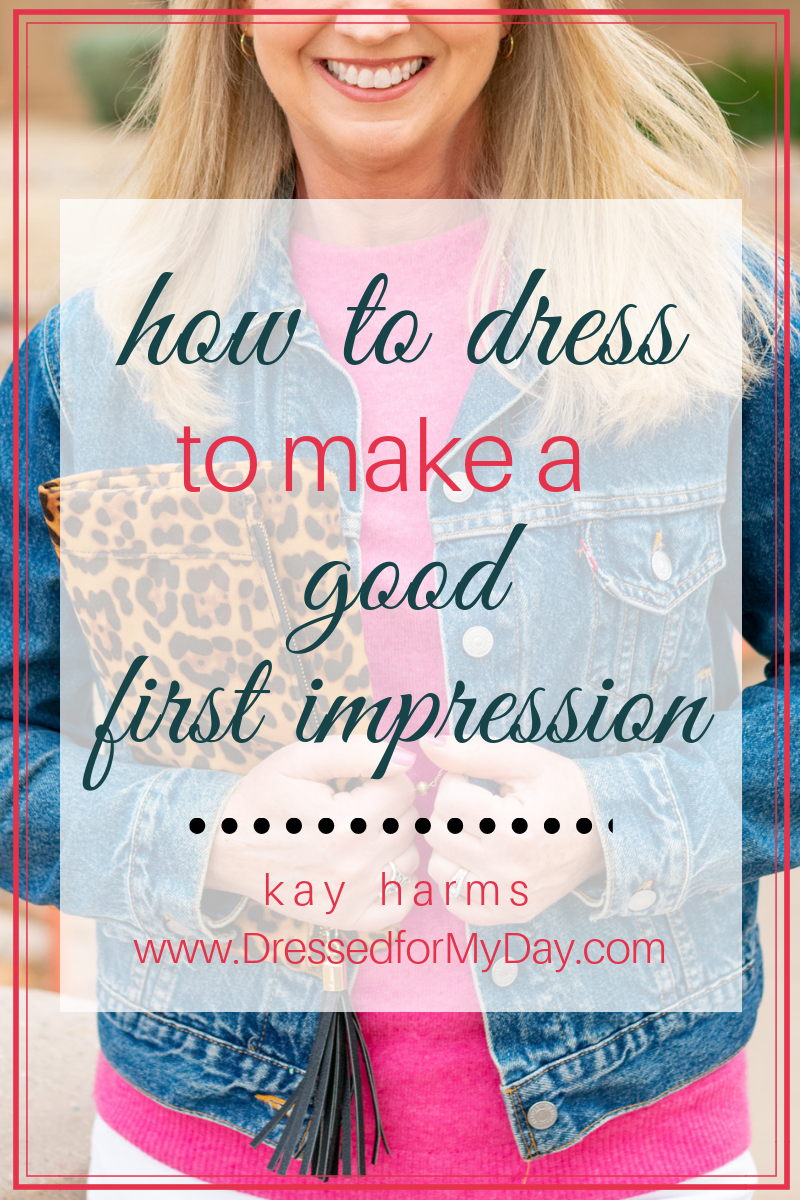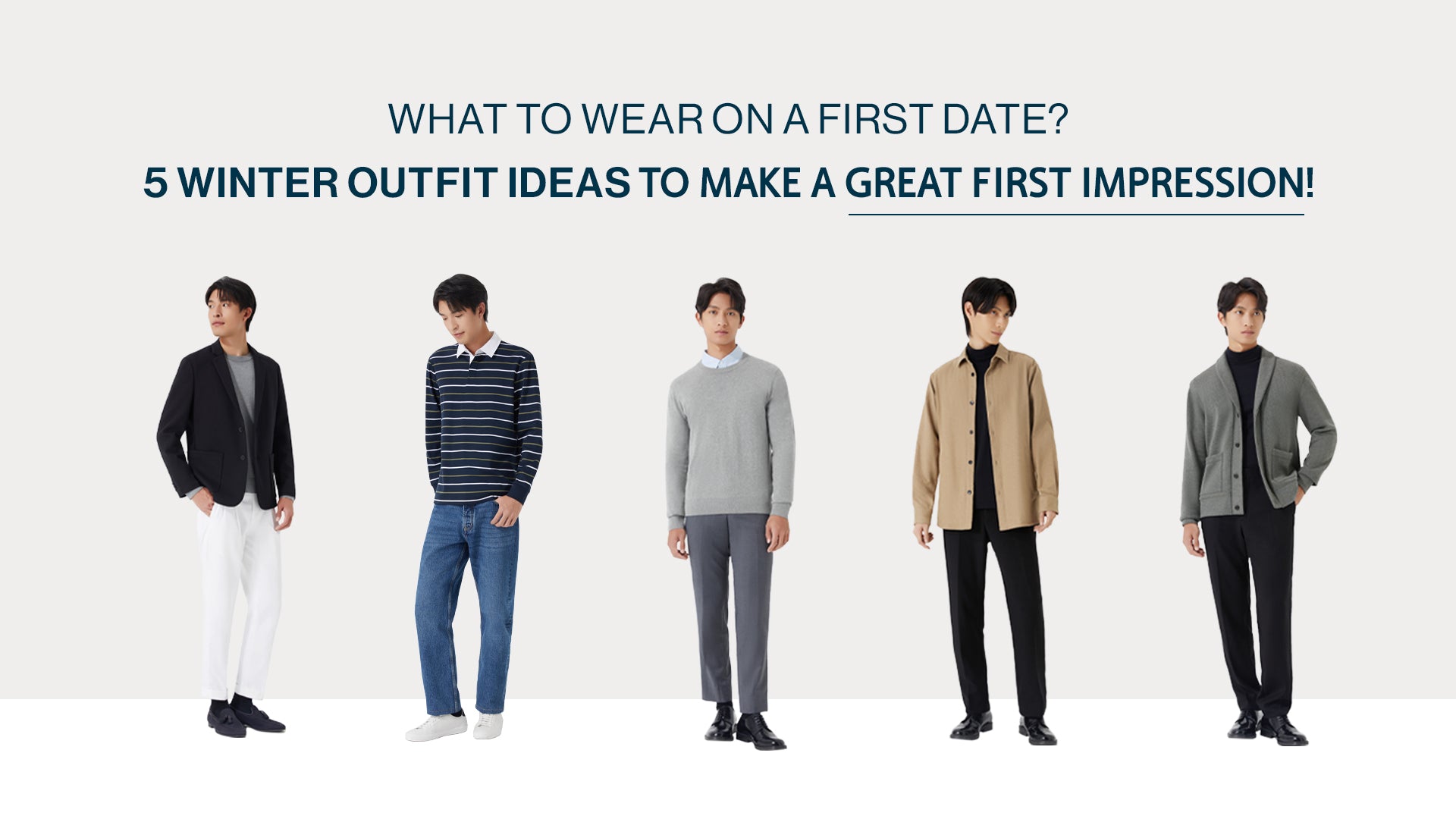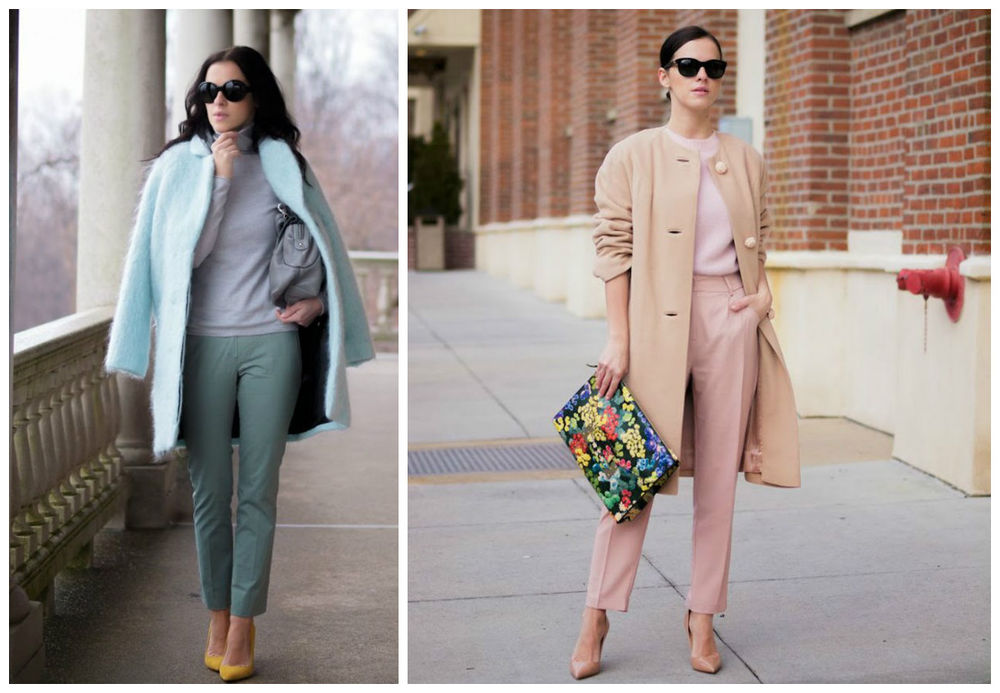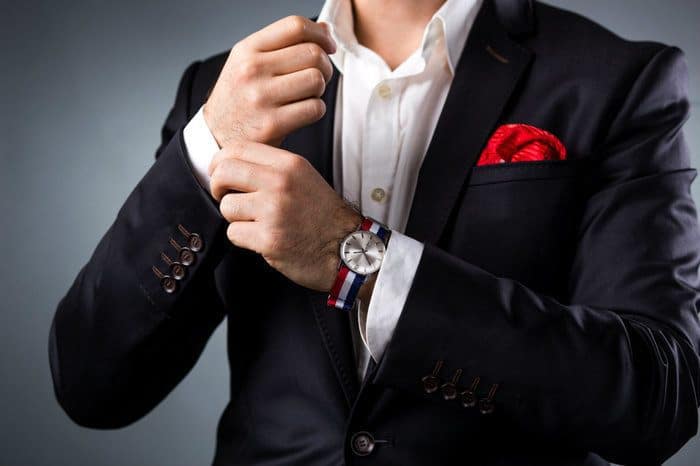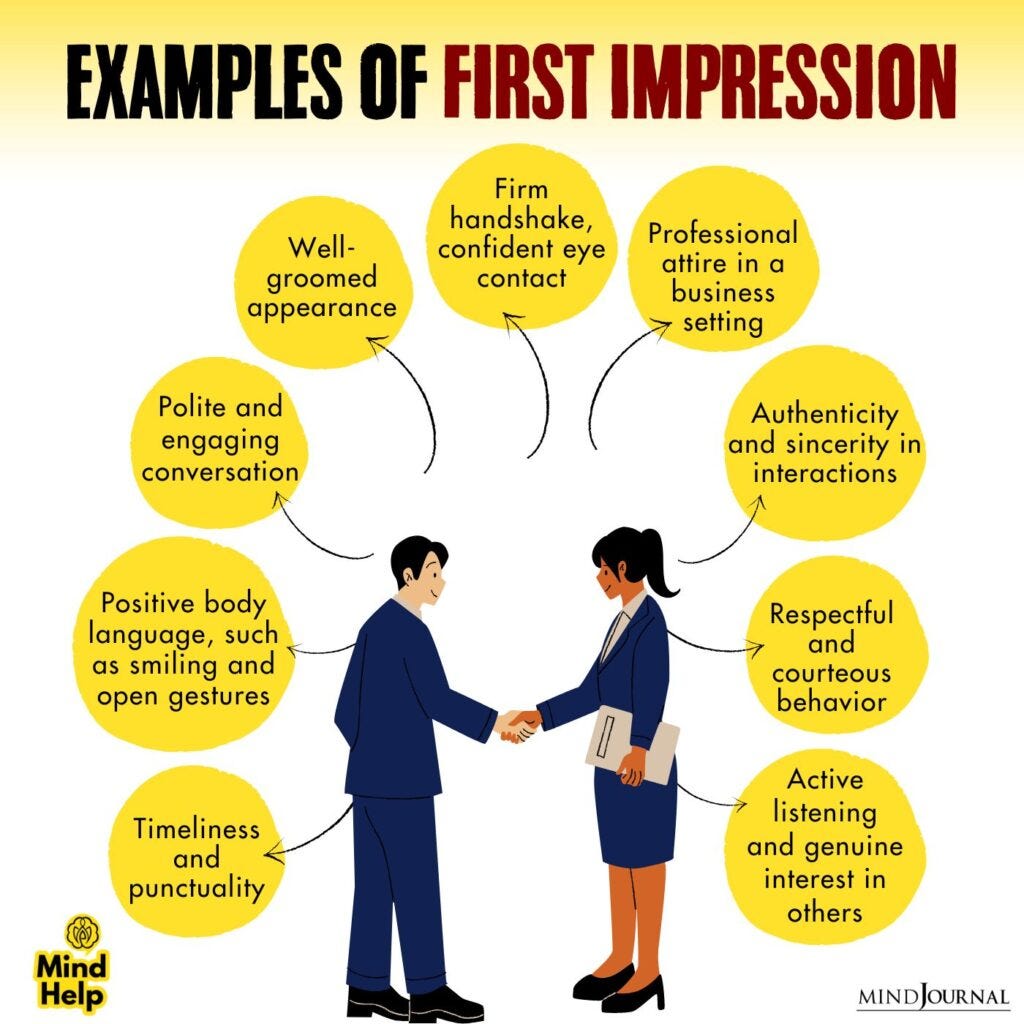What To Wear To Make A Good First Impression

Imagine walking into a room, the sunlight catching the subtle texture of your carefully chosen outfit. You feel confident, poised, and ready to make a lasting impression. The air crackles with anticipation as you meet new faces, your attire silently communicating volumes before you even utter a word. What's the secret to crafting that perfect first impression through clothing?
The art of dressing for success isn't about adhering to rigid rules, but about understanding the power of nonverbal communication. It's about curating a wardrobe that reflects your authentic self while aligning with the context of the situation. This article delves into the nuances of dressing to impress, offering practical advice on making a positive and memorable first impression.
Understanding the Context
First and foremost, context is king. A business meeting requires a vastly different approach than a casual brunch with friends. Before selecting your outfit, consider the environment, the people you'll be meeting, and the overall tone of the event.
Researching the dress code, if one exists, is crucial. If the dress code is ambiguous, err on the side of slightly more formal. It's always better to be slightly overdressed than underdressed, as it demonstrates respect for the occasion.
Building Blocks of a Great First Impression
The key elements of a successful first impression outfit are fit, color, and cleanliness. Properly fitting clothing is paramount. Ill-fitting garments can detract from your appearance and make you appear unprofessional or sloppy.
Color psychology plays a significant role. According to studies, certain colors evoke specific emotions and perceptions. Blue often conveys trust and stability, while red can project confidence and power. However, use these colors judiciously depending on the context.
Cleanliness and attention to detail are non-negotiable. Wrinkled clothes, stains, or missing buttons send a message of carelessness. Ensure your clothes are freshly laundered, ironed, and in good repair.
Specific Scenarios and Outfit Ideas
Job Interviews: For job interviews, a classic, conservative approach is typically best. A tailored suit in a neutral color like navy or gray is always a safe bet. Pair it with a crisp, white shirt or blouse and polished shoes.
Networking Events: Networking events offer slightly more flexibility. Business casual attire is generally appropriate. Consider a blazer with dress pants or a skirt, or a well-fitting dress.
First Dates: First dates are all about showcasing your personality while maintaining a level of sophistication. Choose an outfit that makes you feel comfortable and confident. Avoid anything too revealing or overly trendy. A well-chosen pair of jeans with a stylish top, or a simple dress with comfortable shoes can work wonders.
The Power of Accessories
Accessories can elevate your outfit and add a touch of personality. However, it's important to choose them carefully and avoid overdoing it.
A classic watch, a simple necklace, or a well-chosen scarf can add a touch of elegance. Ensure your accessories are clean and in good condition. Shoes can make or break an outfit, so invest in quality footwear that is both comfortable and stylish.
Confidence is the Best Accessory
Ultimately, the most important element of a great first impression is confidence. Wearing clothes that make you feel good about yourself will shine through in your demeanor. Remember, the clothes are simply a vehicle for showcasing your personality and professionalism.
Invest in pieces that you love and that fit you well. Prioritize comfort and quality over fleeting trends. When you feel good in what you're wearing, you'll naturally project confidence and make a positive impact.
So, as you prepare for your next important encounter, remember that clothing is a powerful tool. Use it wisely, authentically, and confidently to make a first impression that truly reflects the amazing person you are. Be you!
